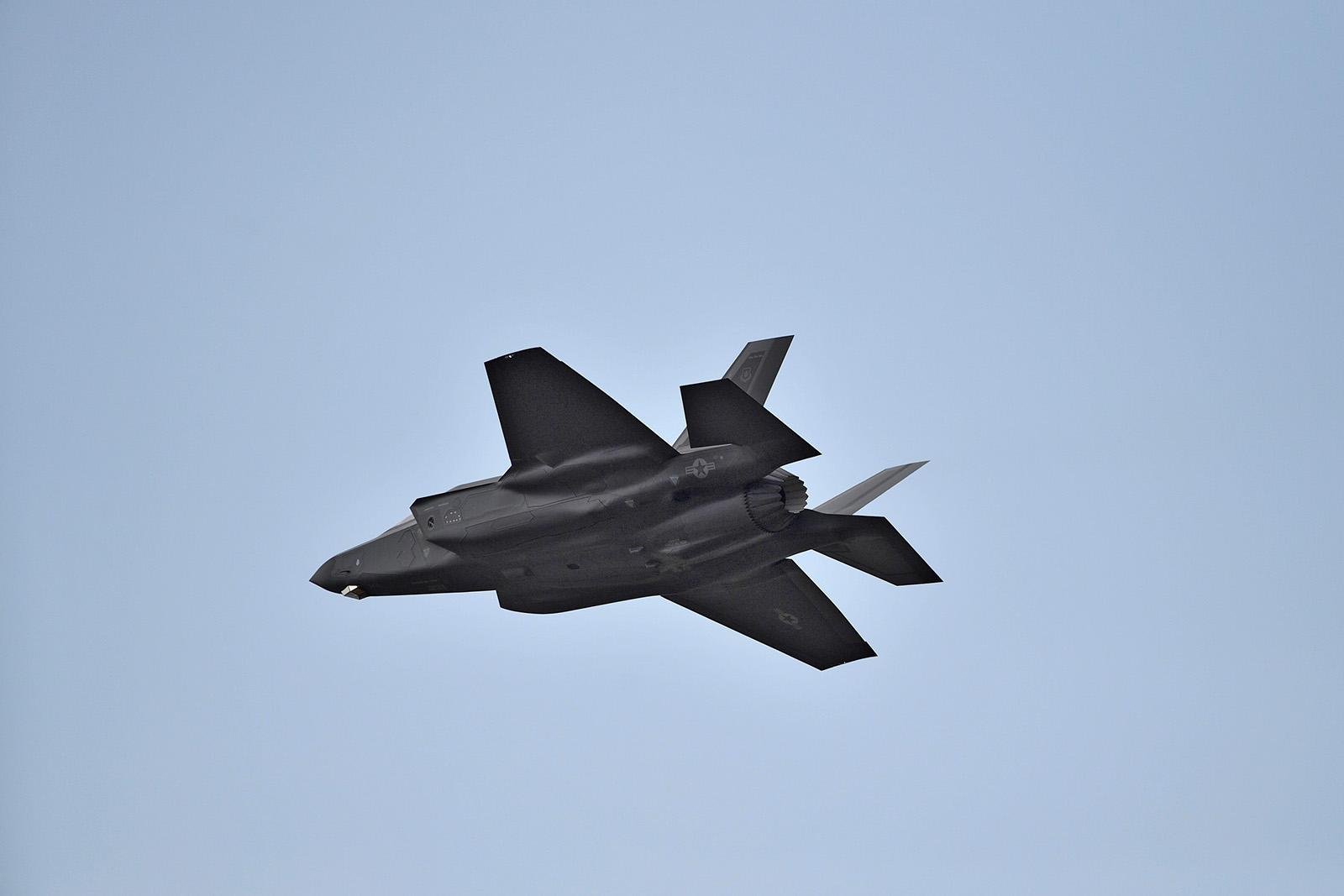
FARNBOROUGH—Lockheed Martin and the F-35 Joint Program Office (JPO) have finally reached a handshake agreement on the awaited Lot 15-17 production contract at a cost that the company says will beat inflation, though specifics are not available.
The agreement has a basis of 375 aircraft, though the number could be adjusted as the contract is finished. Exact figures for the cost-per-tail as part of the contract will not be available until the deal is finalized, Erin Mosely, Lockheed’s vice president for strategy and business development, told reporters at the Farnborough International Airshow. The individual price for an F-35A fell below $80 million under the Lot 14 contract, but that number is expected to rise. During the negotiations, Lockheed said it used a data-driven process to ensure the contract would cover “what it will actually cost to build these aircraft.”
“The handshake agreement for Lots 15-17 procurement represents a milestone for the Department of Defense, the Joint Strike Fighter enterprise, and our international partners. We are looking forward to providing specific details at contract award,” William LaPlante, the Pentagon’s undersecretary of defense for acquisition and sustainment, said in a statement.
Lt. Gen. Mike Schmidt, the JPO’s program executive officer, said with the handshake agreement in place the goal is to expedite the contract award, but he did not provide a timeline.
The contract was originally expected in early 2021, and multiple JPO deadlines were later missed because of stiff negotiations with Lockheed over COVID-19 impacts, supply chain disruptions, inflation and the costs of key upgrades including Block 4 and Tech Refresh 3 modifications. The Pentagon has lowered the number of F-35s it plans to buy in the near term as it awaits the upgrades.
“In the midst of continued COVID-19 impacts and decreased F-35 quantities, the F-35 enterprise was able to achieve a cost per jet lower than record-breaking inflation trends,” Lockheed says in a statement. “This price also includes modernized hardware needed to power Block 4 capabilities, which ensure the F-35 remains the world’s most capable aircraft in production today.”
In its second quarter earnings report released July 19, Lockheed says it has been performing work on the lots under customer authorization and initial funding from an advance acquisition December 2019 contract, though costs began to exceed the contract value and available funding in the second quarter of 2022. This prevented the recognition of about $325 million in sales and associated operating profit in the second quarter, and prevented the company from invoicing and receiving cash of about $465 million for costs incurred at the same time. Lockheed says it also had about $1 billion in potential termination liability exposure to subcontractors related to production in lots 15-17.
“The company expects to recover the unrecognized sales and resume invoicing costs incurred upon receiving contractual authorization and funding on the production contract with the U.S. government, which it expects to occur in the third quarter of 2022,” the company says.
Until an agreement is reached or the U.S. government provides additional authorization and funding, the company’s financial condition “will continue to be negatively impacted and the impacts could be material.”
While Lockheed expects the new contract to support the long-term plan to produce 156 aircraft per year, COVID-19 and other impacts have forced a near-term production plan of 147-153 aircraft per year in 2023 and 2024 before reaching 156 per year in 2025.
